FMC (Fellows Morton and Clayton) fleet number 322
In November 2019 Rich decided to buy Roach, a 1935 Historic working boat. I talked with him about his decision:
Why Roach?
“I have always wanted an historic boat with a historic engine. I love the shape the sound… the bulk. I already have a 70” live aboard boat but it doesn’t have the character of Roach. I happened to come into a little bit of money and I thought right, this is the time to do it. I am not getting any younger. I thought sod it. I’ll buy her, use her for a couple of years and see how I get on. She is totally different to a normal boat. She is great fun.
Roach is one of 18 boats built which belong to the Fish Class. So named because they are all named after fish. They have a distinctive shaped bow and very attractive lines. They were built to be lithe and agile – very different to the old Woolwiches which were on the canal system at the time. They all have consecutive registration numbers, yet they weren’t all built in the same place. Some were built with wooden hulls, some with iron and a couple were copper hulled (possibly copper over wood) and they were all very unique to each other.”
Roach and her livery
“She has been repainted this year – she was in a private coal merchants (John Jackson) livery originally, and Gary, the man I bought her from said he would include repainting the livery within the price so I took advantage of this. Although it didn’t include sign writing, which was done by “Signy”, who is a pure craftsman. He does old lorries, old boats, steam engines, mirrors, signs…
I had Signy put her back into her original livery from 1935 as she would have been when she came out of Northwich – Fellows Morton Clayton Ltd.
Roach … a potted history
“She was built in 1935 by Yarwoods for Fellows Moreton Clayton Ltd (who were for much of the last Century the largest transportation company in England) and taken to Birmingham to have the cabin put on.
In 1948 she passed to British Waterways transport company who at some point put a steel back cabin instead of wood, and then in 1985 she was sold by British Waterways (When BW sold her, she needed a lot of work doing as she had sunk). Between 1985 and 1987 whoever owned her, restored her and replaced her elm bottom with a steel bottom. John Jackson bought her in 1987.
She has had 5 engine changes to date. Originally she was fitted with a 9HP Bolinder, subsequently with a 15HP Bolinder, then British Waterways fitted her with an Armstrong Sidley AS2 which was super-ceded with a Lister HR2 and then John Jackson also put a similar HR2 unit in her during his 30 odd year ownership of her.”
Roach’s engine
Starting Roach’s engine (video link to YouTube)
Roach in the boatman’s cabin
There is something terribly comforting about living in a boat that is literally unchanged since she came off the factory line in 1935. Every detail inside and out would be recognisable to the first boater to use her in 1935 and us, who see her today.
Her edges are all rounded from use over time, the step into the back cabin; a huge slab of worn wood, which is shaped to accommodate the edge of the stove. Smooth and warm to touch. The entrance into the cabin a little too tight for todays shoulders – but presumably a comfortable fit for men and women of her earlier years who were maybe less well nourished.
Roses and castles on wood inside the back cabin are beautifully painted and more than likely original. Fading at the edges and cracked but still with astonishing detail and vivid colours. One can lie in the cabin bed (a jigsaw of cupboard doors folded down and cushions arranged as a mattress) and lose oneself in the image on the back of the table. The castle and hills in the background, and what looks like small sailing vessels in the distance which appear to be sailing up hill towards the sky. Roses adorn the edge of the picture. Pretty and decorative.
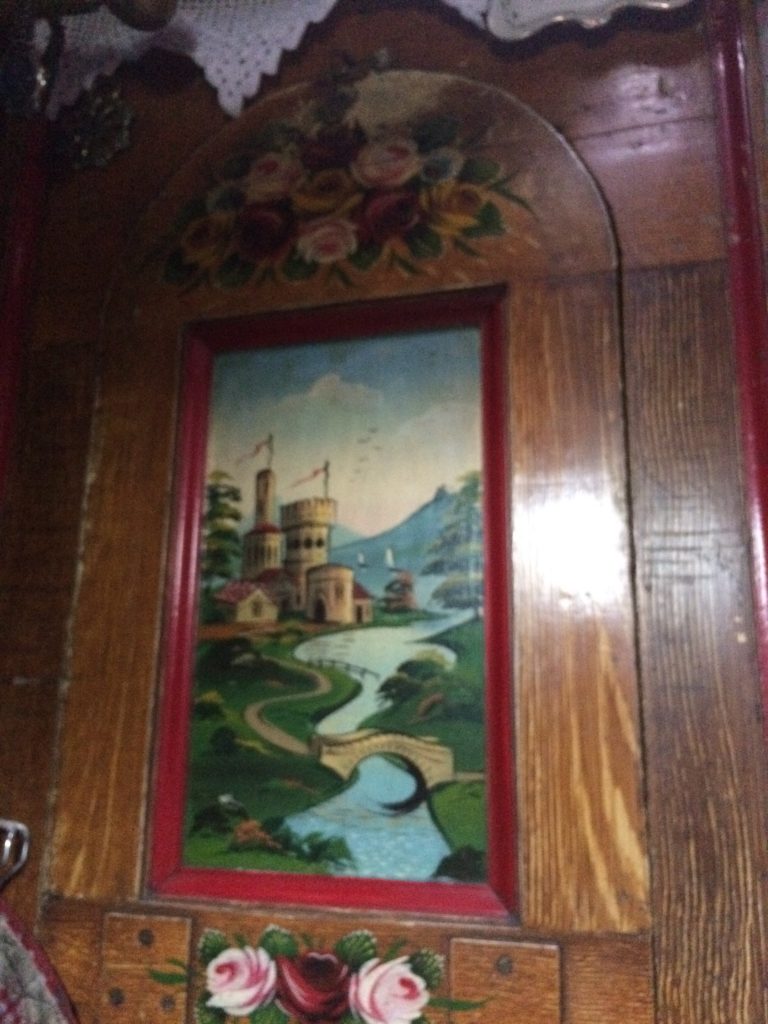
Every part of the boatman’s cabin – is designed for life. It is extraordinary to imagine that a family of six might have lived in this space, and yet when we occupy it today, it starts to be possible to see how it might work. Cupboards that contain bedding become empty at night; and so a possible bed for a small child. Under the bed is another space on the floor which could be a bed or temporary storage. Chilly perhaps on the floor, but the stove is efficient and to be honest we spend most of the night being too hot in the bed so perhaps the floor is a good option!
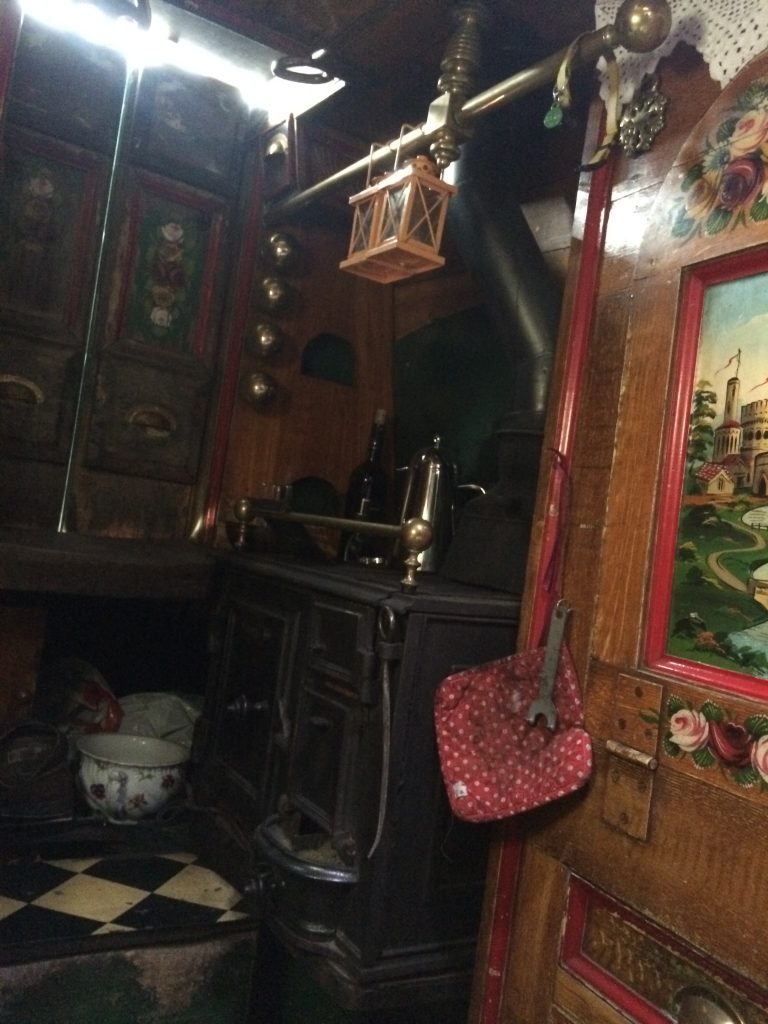
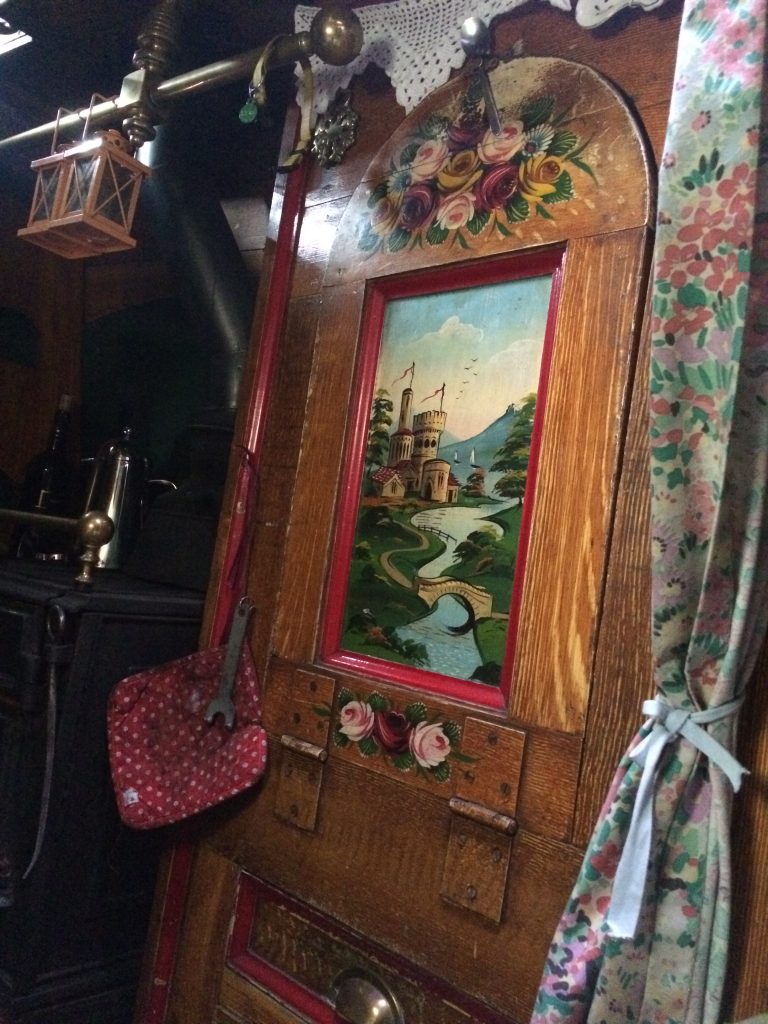
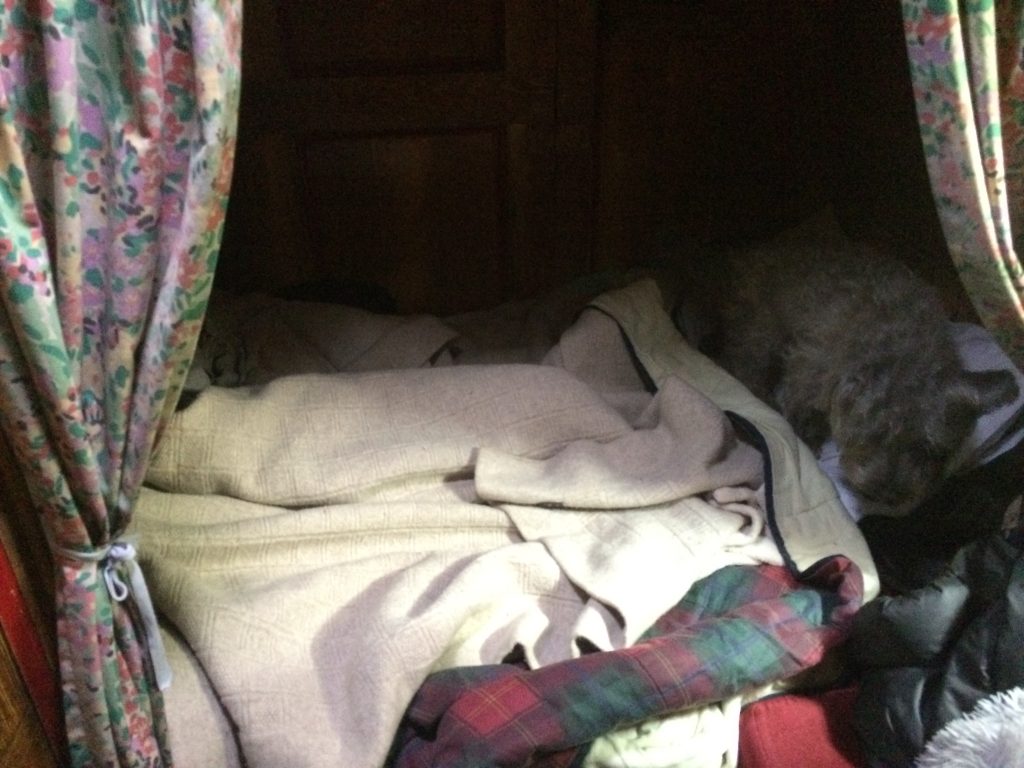
Bed 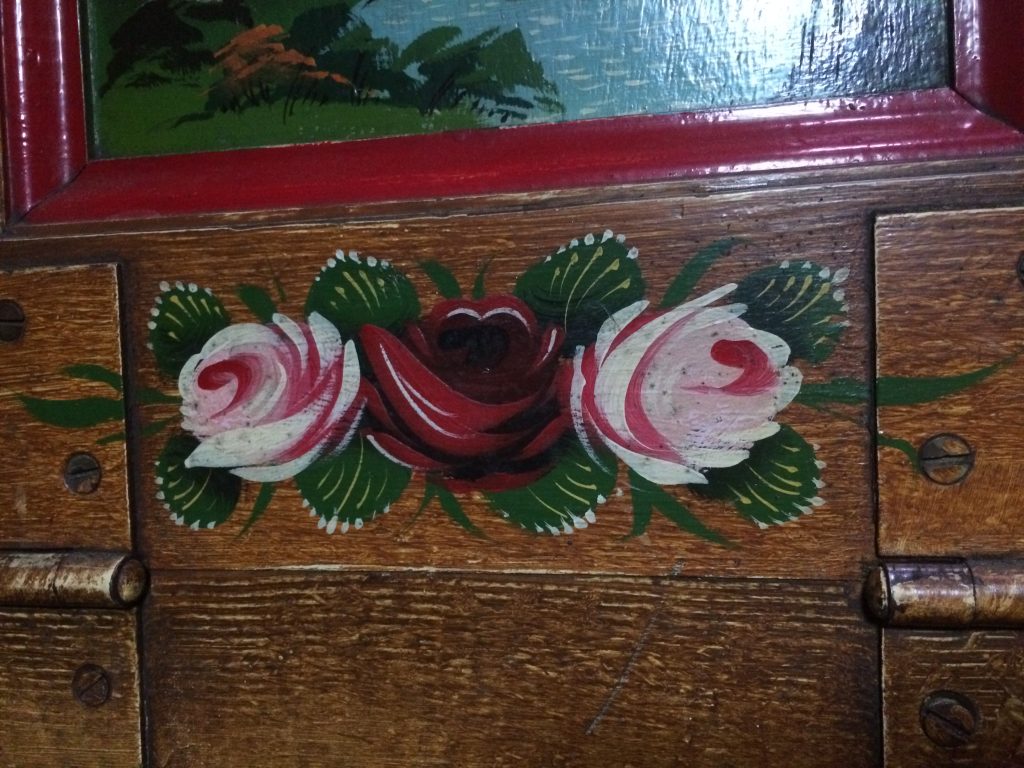
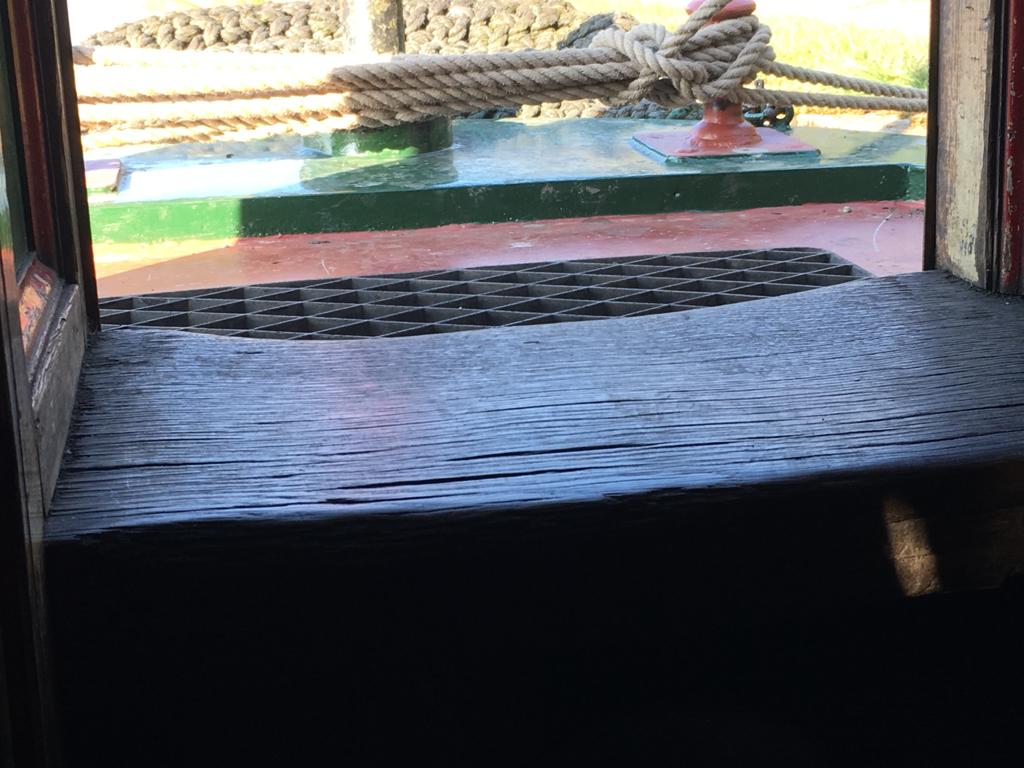
Well worn step 
Mysterious bed knobs 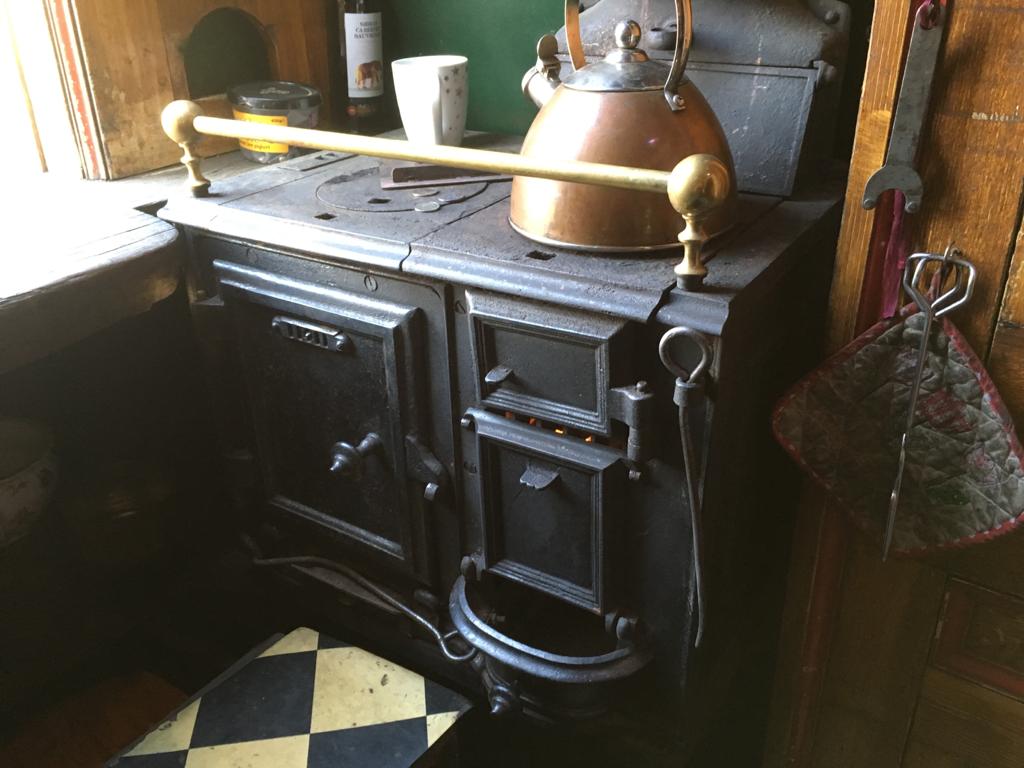
The stove
A table drops down to reveal a cupboard where stores of food might be kept. And benches which also contain storage provide comfortable seating. Every single available space is used efficiently and with function and comfort considered at every step.
When Rich first picked Roach up the walls in the back cabin were lined with lace plates and pieces of lace – a little fussy for todays taste and easy to damage in such a confined space, so these have been removed and stored away safely for the time being.
Roach in the hold
The hold is a vast empty cavernous space.
All along the hold there are giant rivets and chains which hold the edges of the boat together to stop her sides from expanding (spreading) and making her too wide to fit into many of the narrow locks on the canal system. The chains also make it quite awkward for a person moving from one end of the hold to the other as they must duck under each chained section
Roach is built for transporting coal and the hold is where this coal would normally go. Rich’s ownership marks (he believes) the first time in Roach’s 85 year history that she has not been licensed as a commercial carrier. Therefore the hold is clear and Rich is currently using the space to grow vegetables and put camping furniture such as tables, chairs, hammocks a BBQ a stove for boiling water and shelving to store food. A basic but comfortable dwelling place. Despite the chains!
Roach under tarps
The hold is covered with ‘tarps’ and the way that these go up and come down is another of the many things on Roach which is a testament to years and years of experience and efficiency. Ropes line the hold on rings. There is an inner tarp which goes about a third of the way up, and then an outer tarp lies on top. There is a system of wooden planks which go along the ridge of the roofline and are supported by masts down the middle of the hold. The outer tarp goes over the top and is tied in place with another series of ropes.
It looks daunting, initially, to put up and take down but having done it now a couple of times, it is an obvious process and an easy one if you are methodical. And unchanged for over 85 years with good reason. It works.
Roach has seen some dramatic times in her life… not least World War 2 and being sunk at Marple Lock, and she has worked hard all of her life. We hope and pray she has a chance to explore the canal system at a more leisurely pace soon.
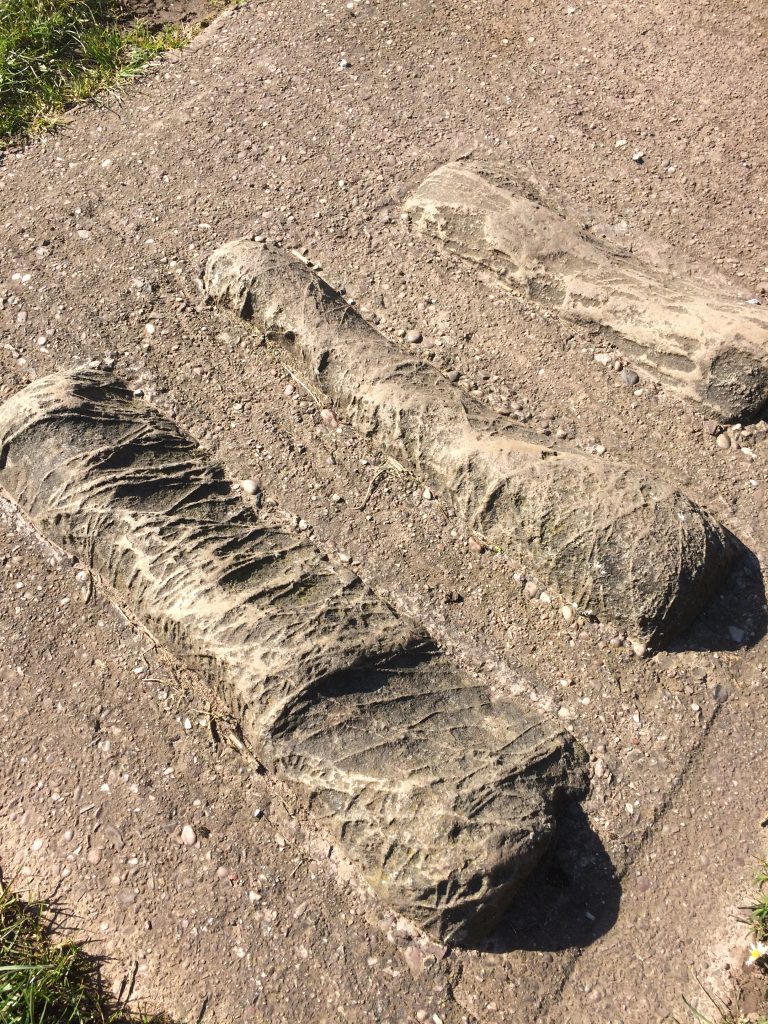
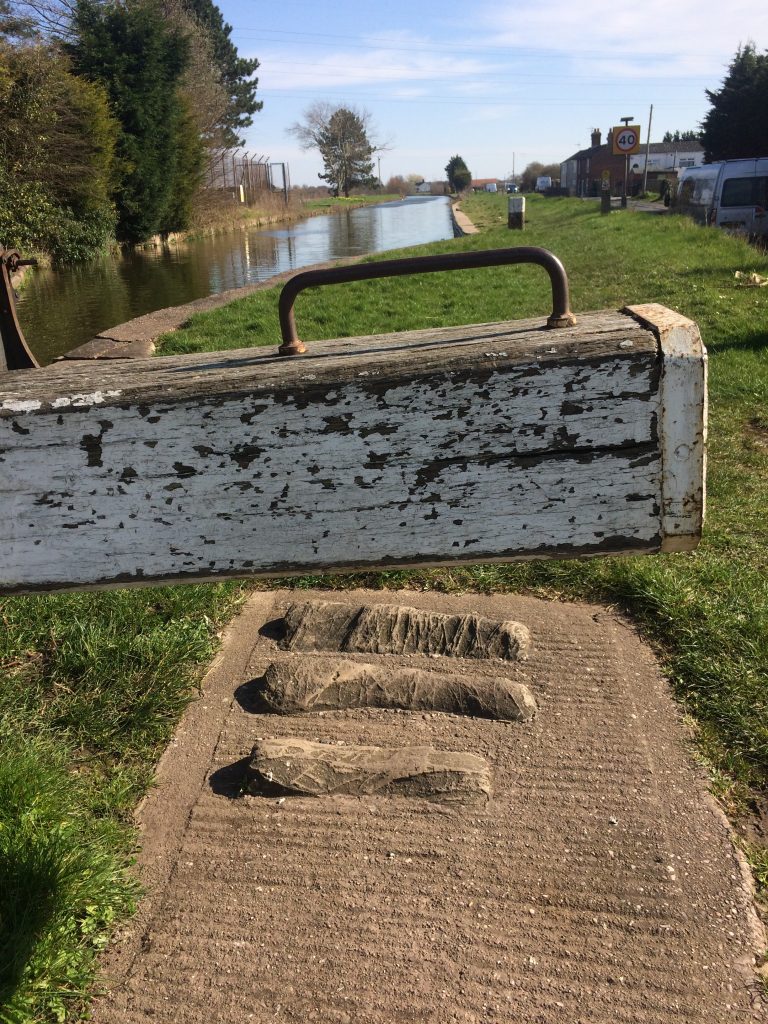
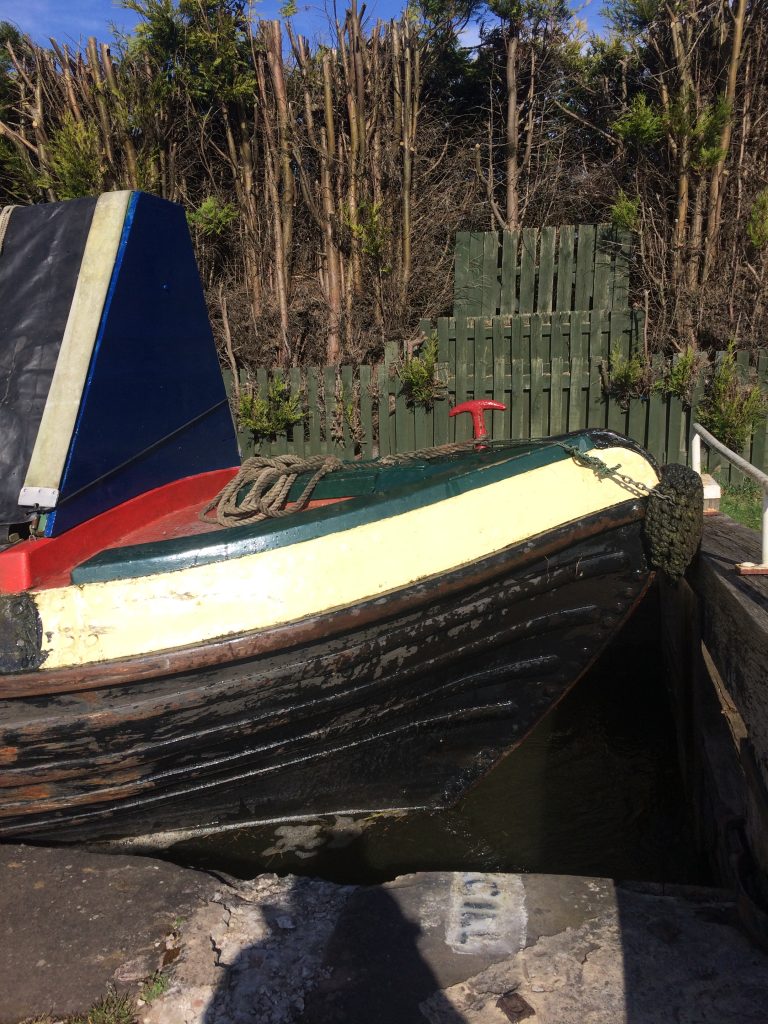
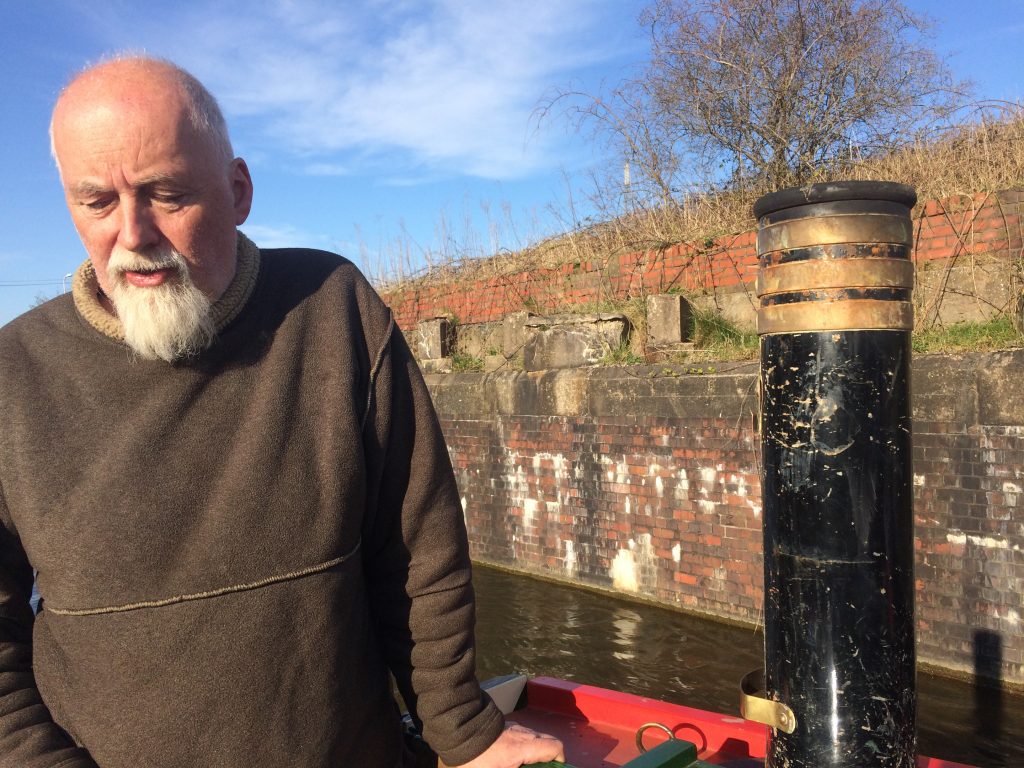
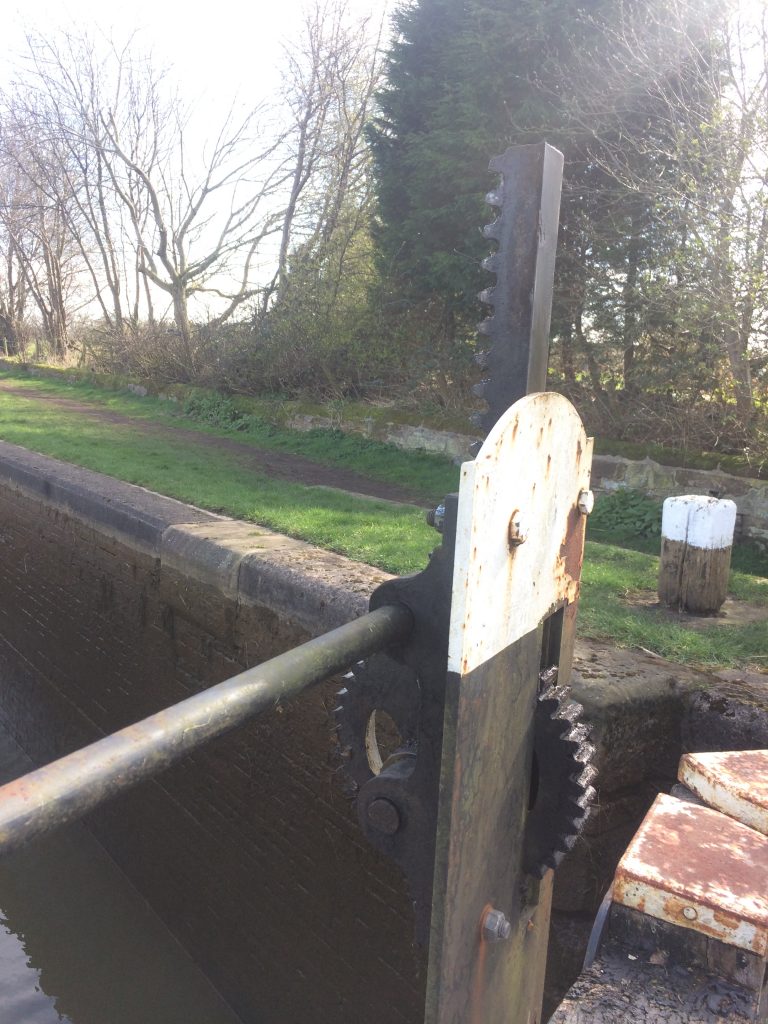
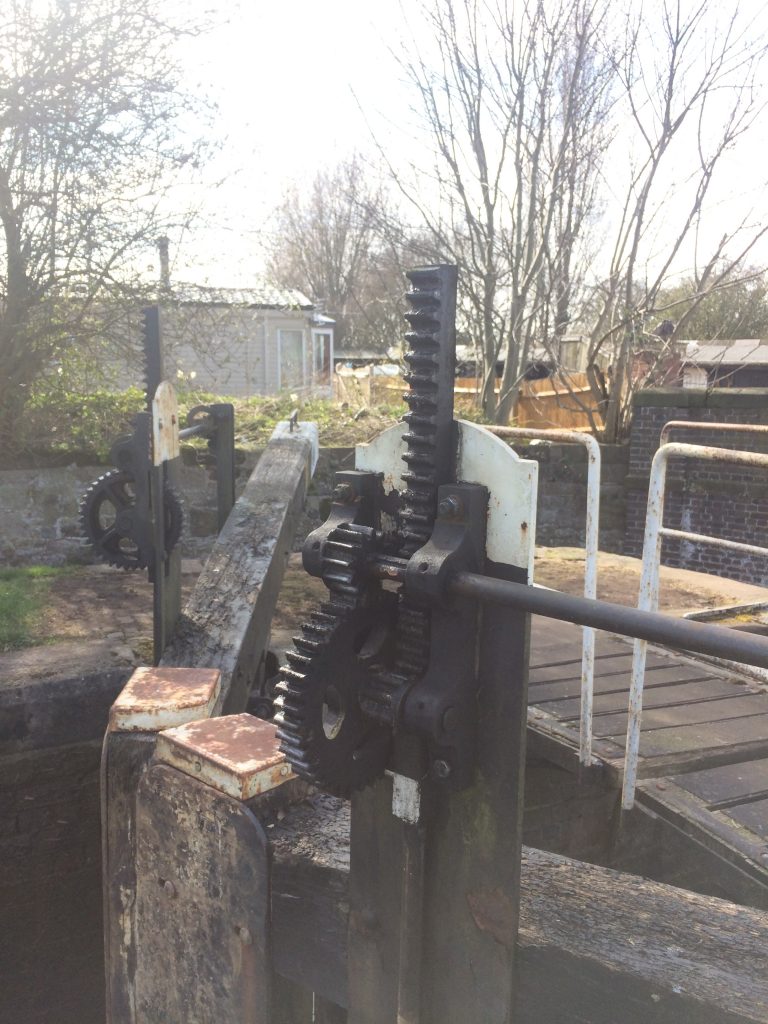
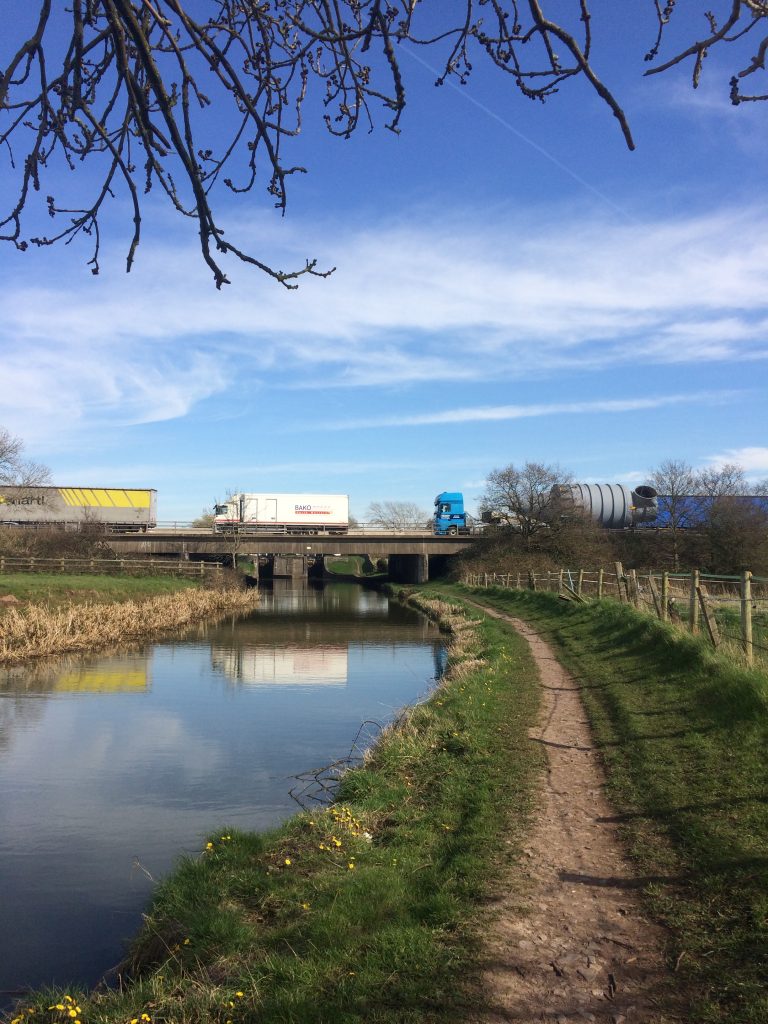
M6 passing over canal 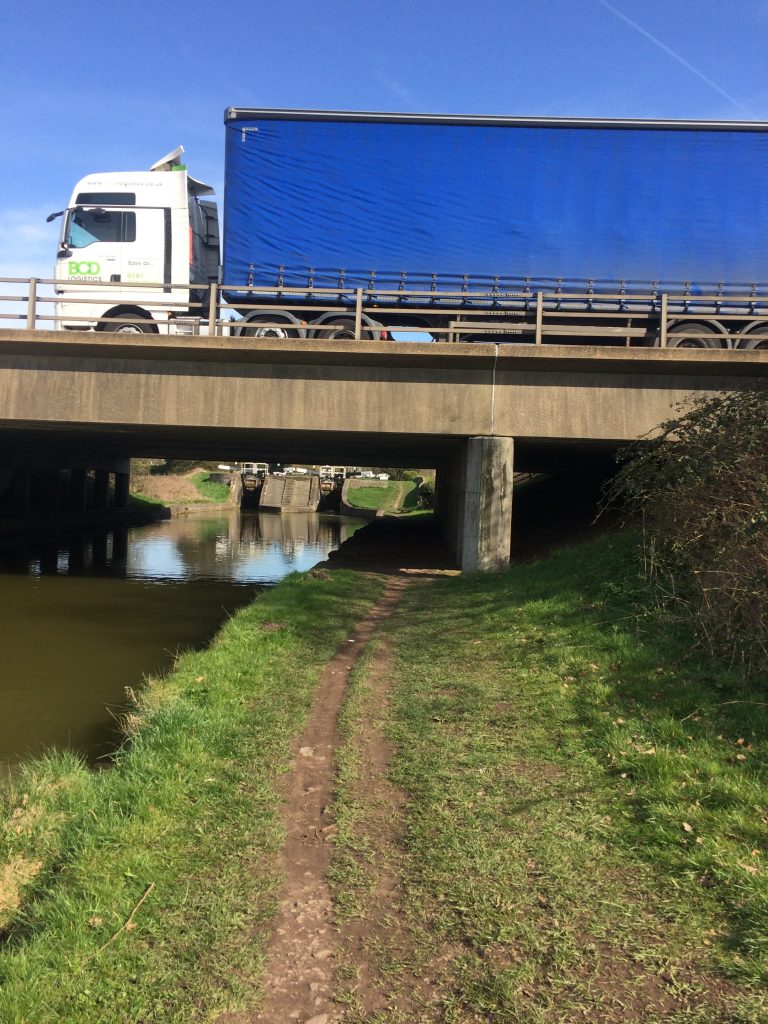
M6 passing over canal 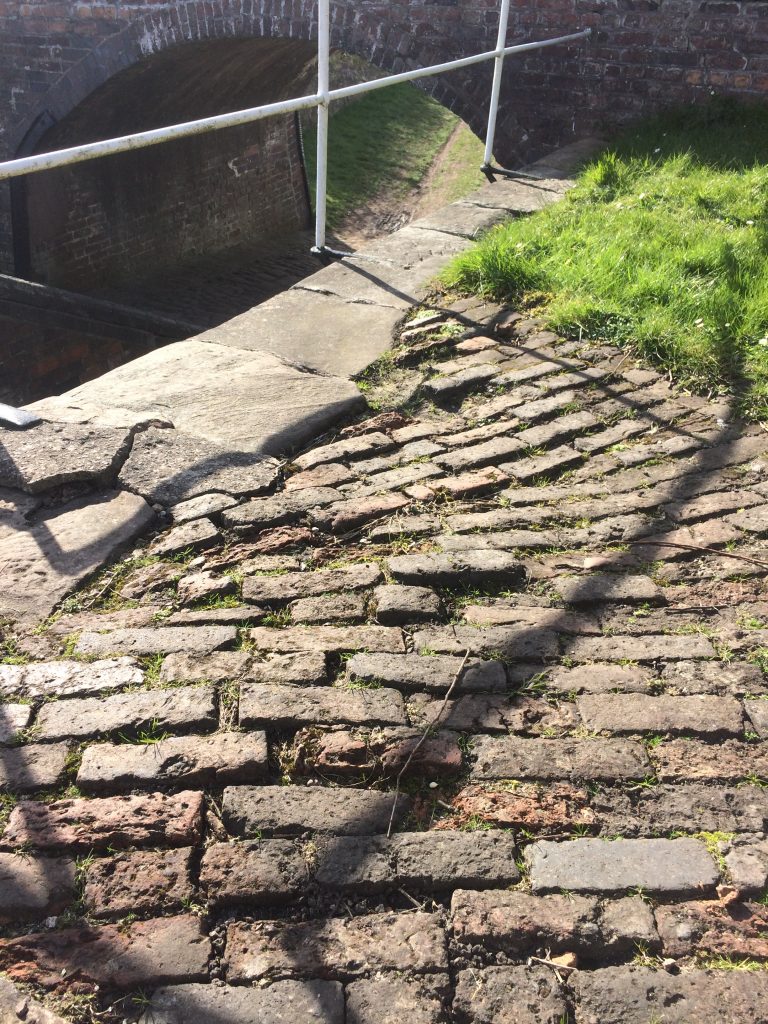
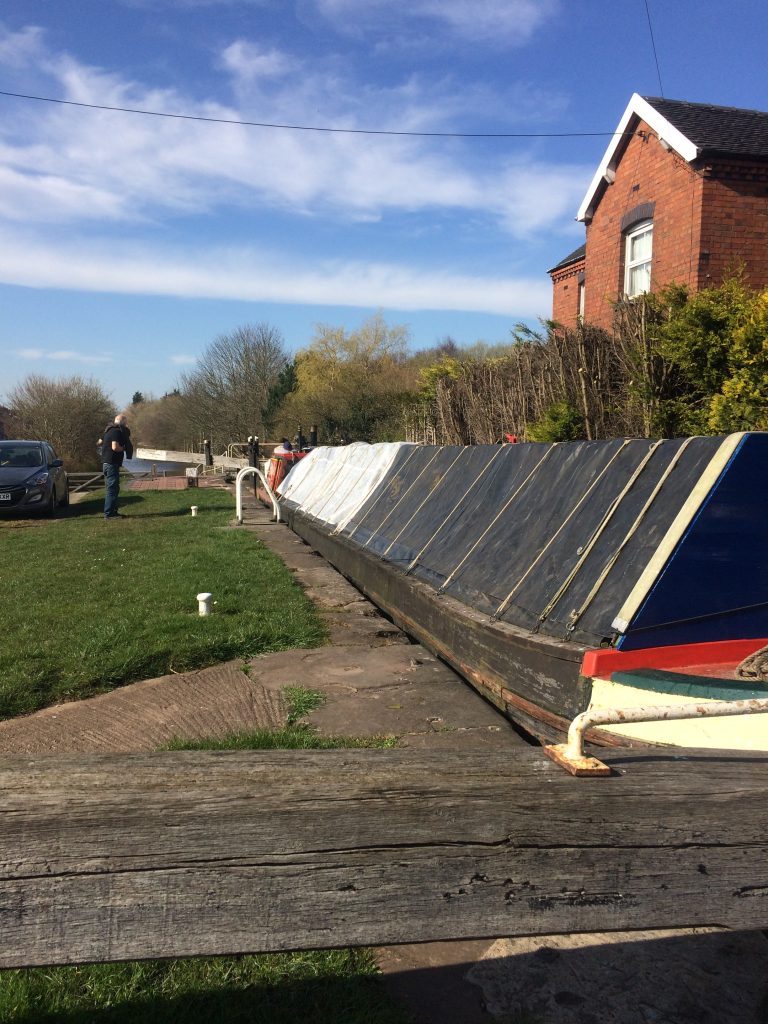
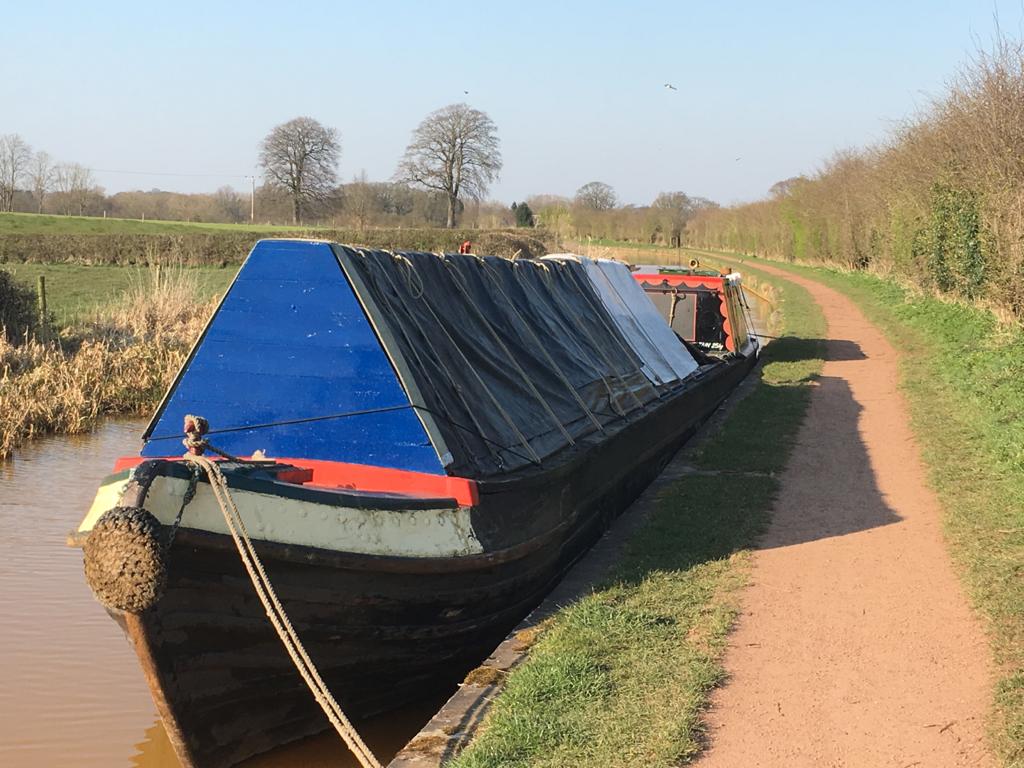

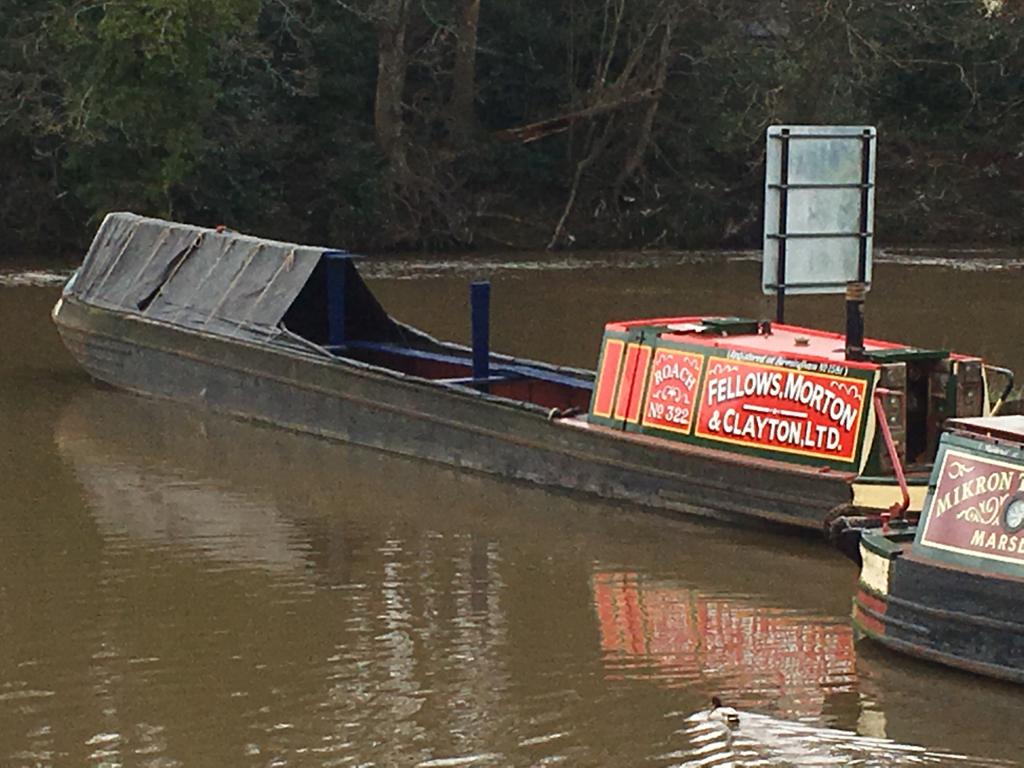
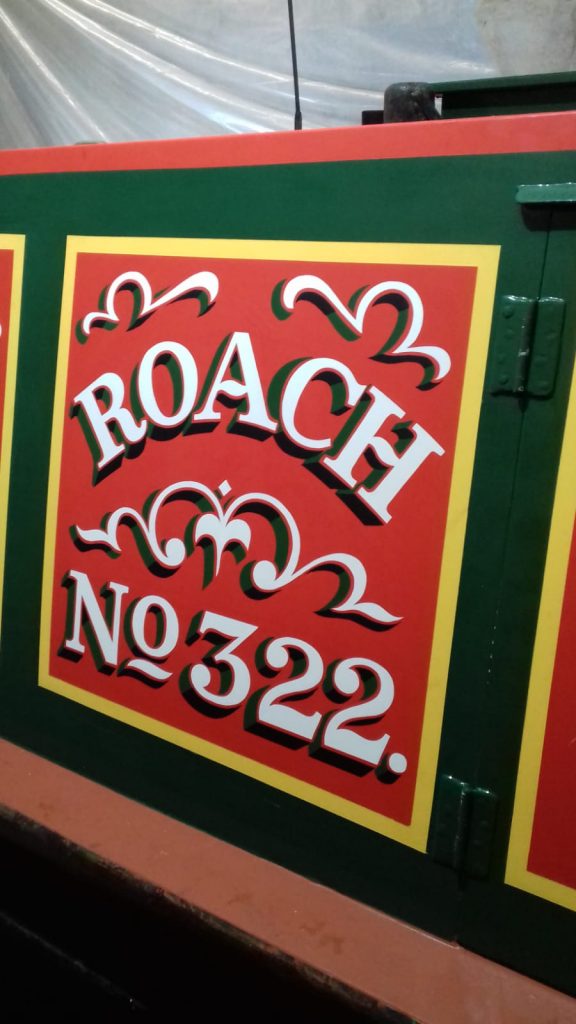
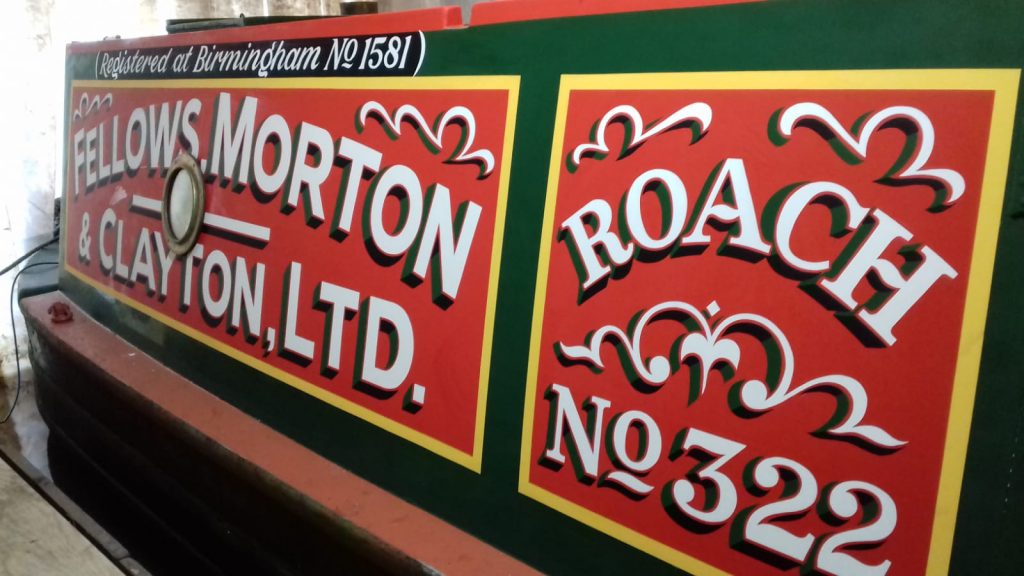
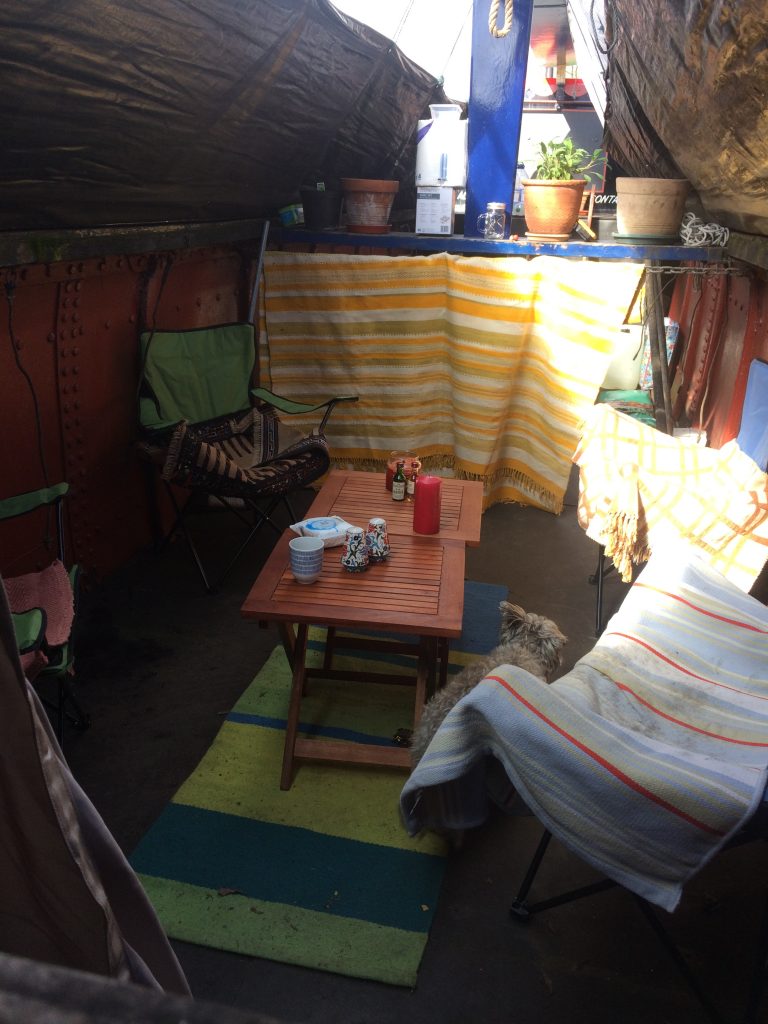
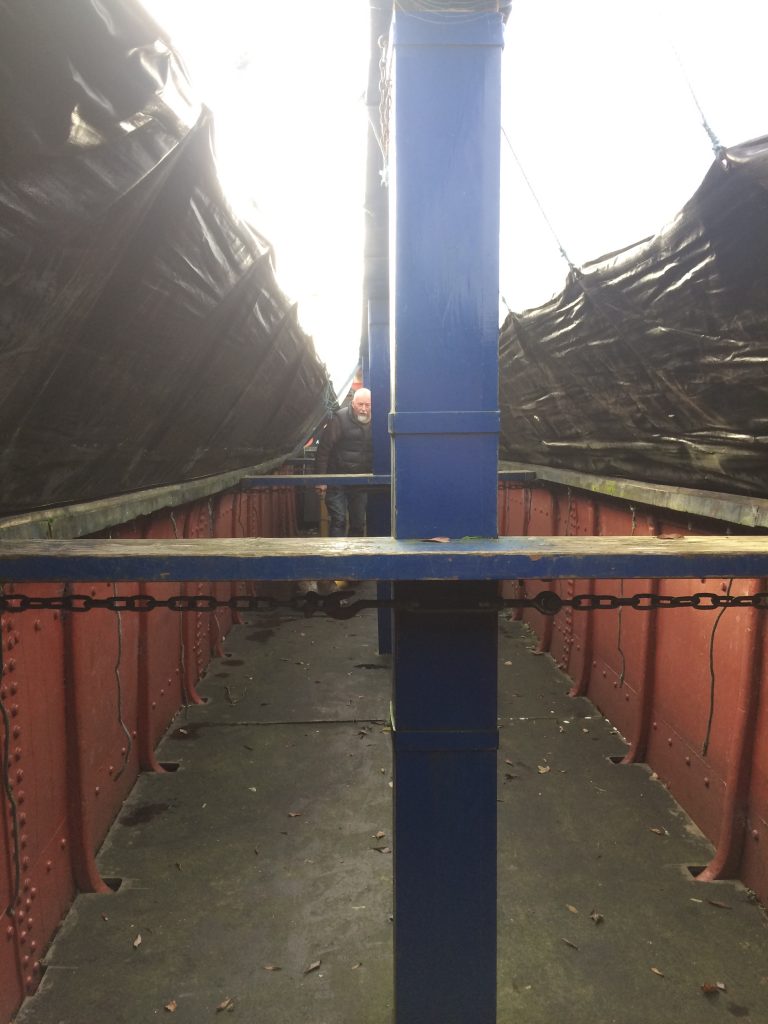
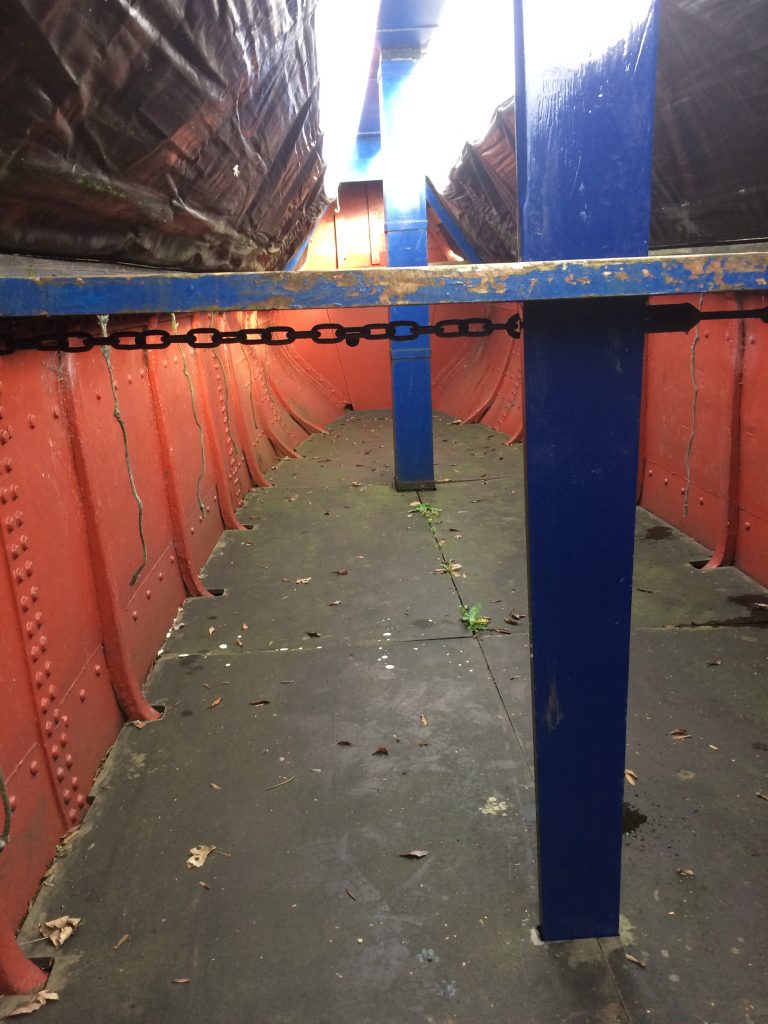
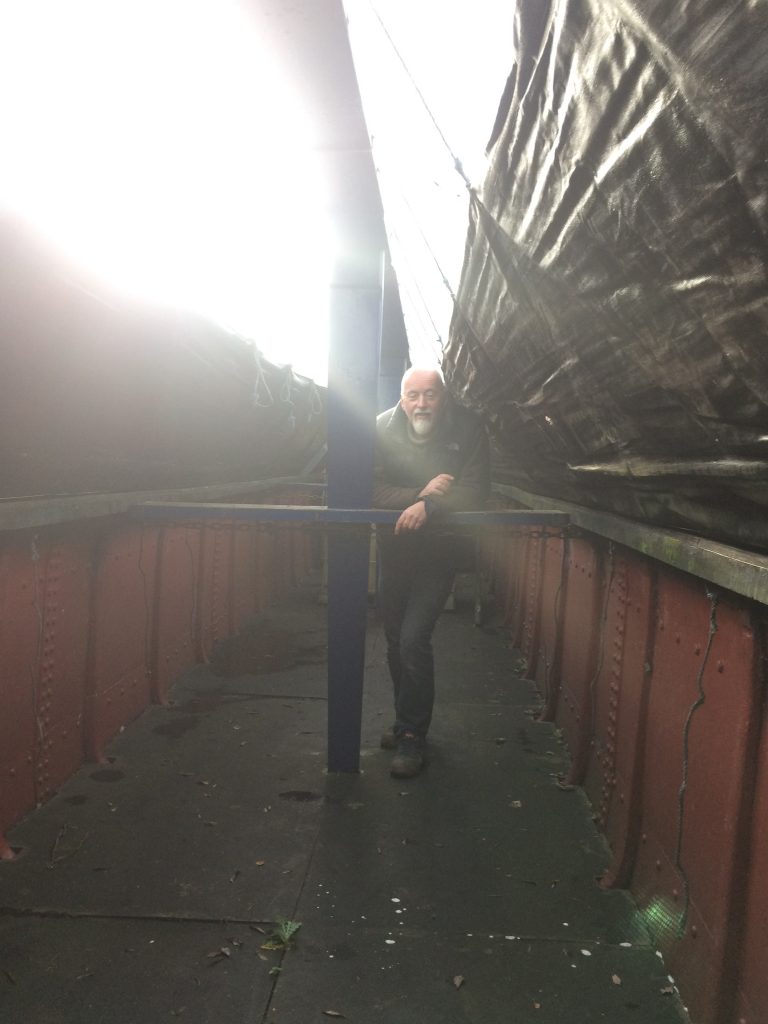
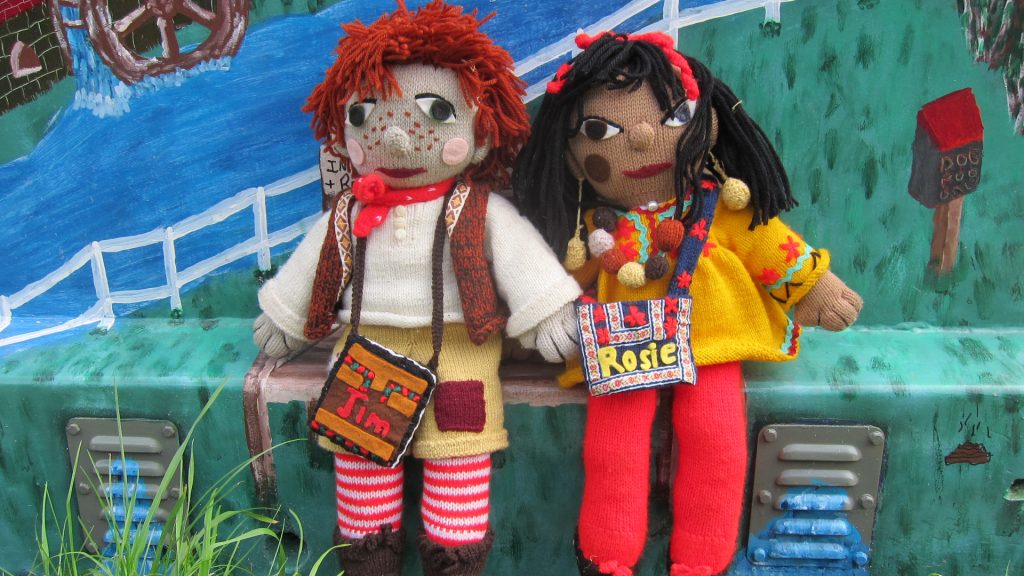
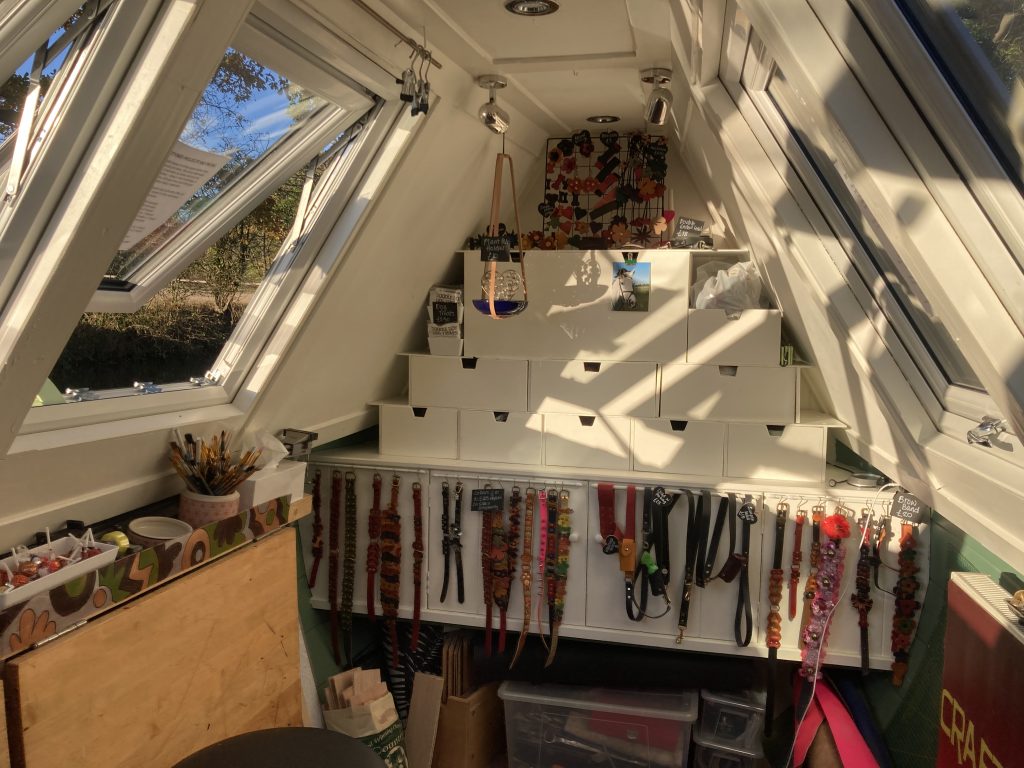
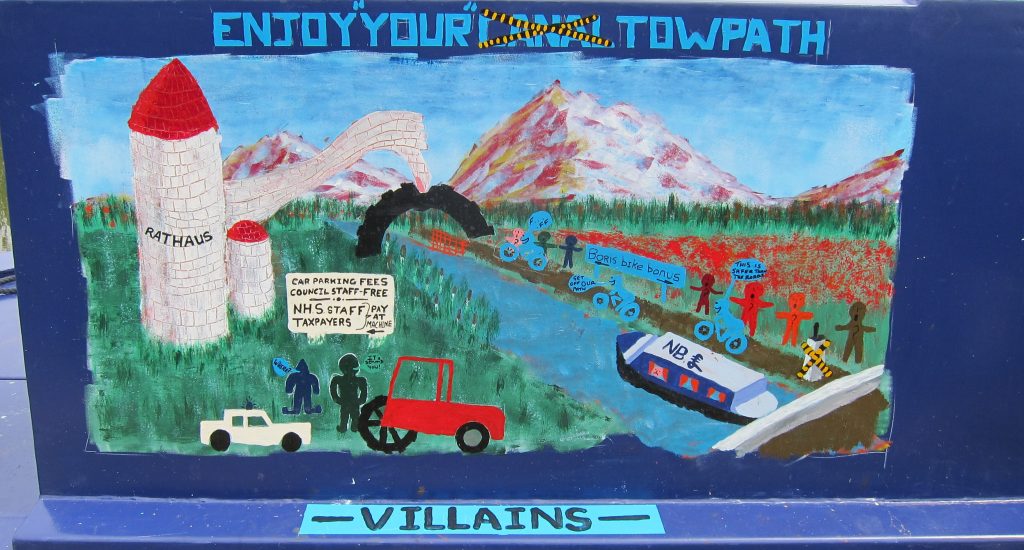
I’ve just been moored next to Roach in Salthouse dock, Liverpool. I took some great photos of her, is there anyway I can get them to Rich.
Hi there! Were we talking about hoovers and washing machines by any chance?! I am sure Rich will love to see what you took… you could email to me at sally@wewalktogether.uk and I will forward to him 🙂
What a wonderful story! I was really taken with the stove. It seems so large for a boat.
Beautiful boat- the interior looks so cosy. I especially like the caption “mysterious bed knobs”. I forwarded to my Dad, who is very keen on boats. He says “this is as good as ever I have seen by the pics; only a quick look yet, with deep study to follow!!!!!”.
Very interesting – good to know all that history and lovely pics as well!!
What a fascinating insight into the world of Roach and canal boats. I love her livery and the pictures of the interior decoration. Hearing the sound of the engine is a lovely touch. Thank you for transporting me here.